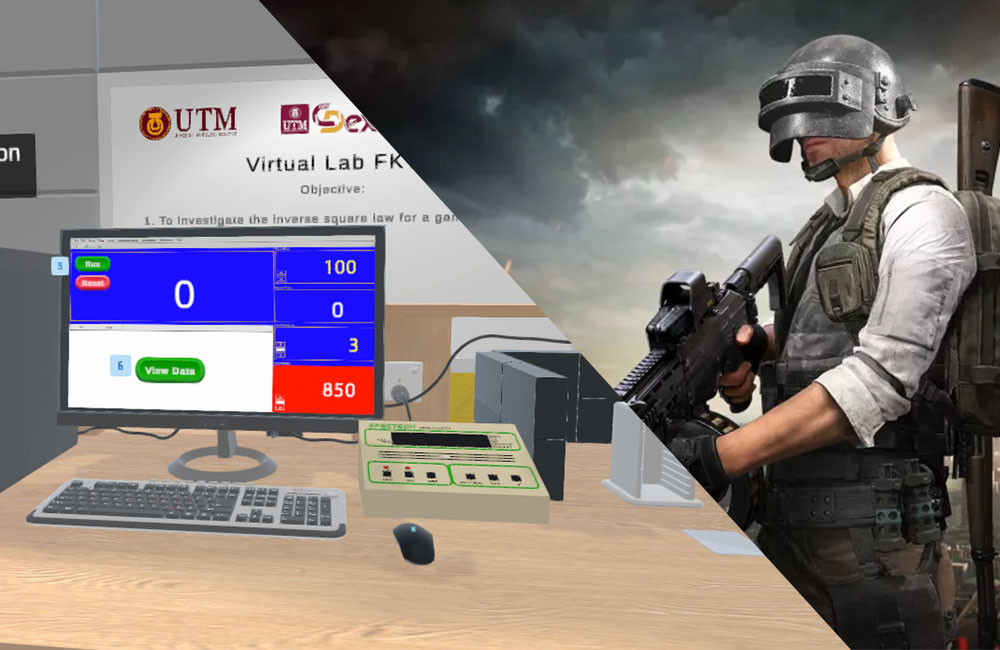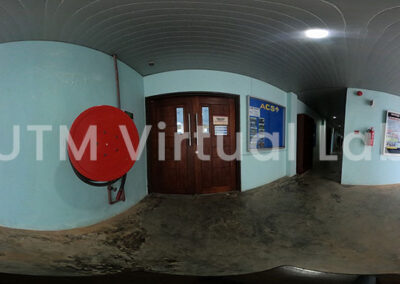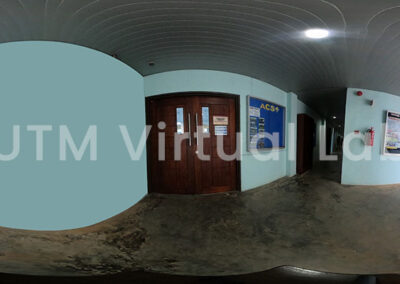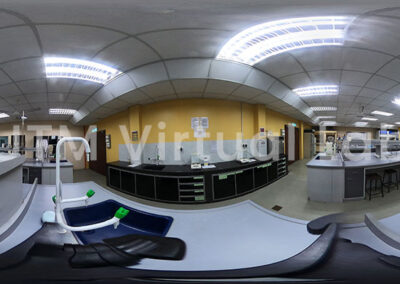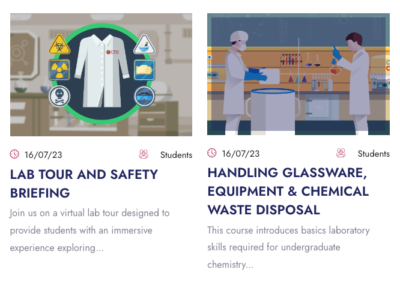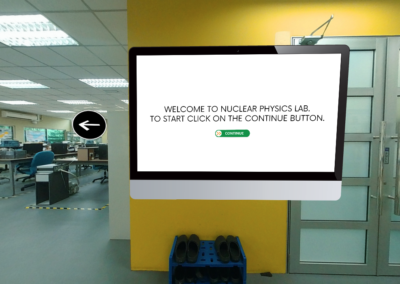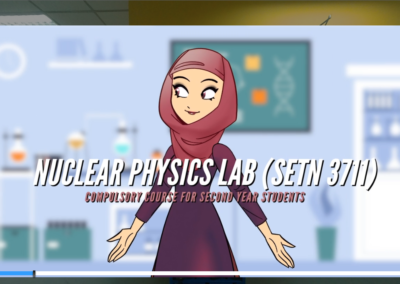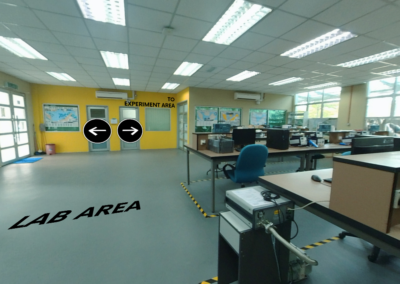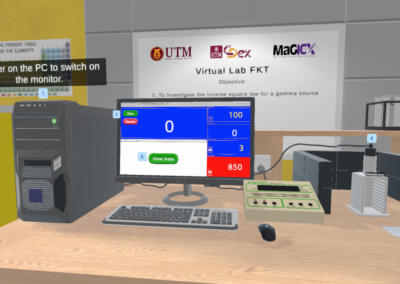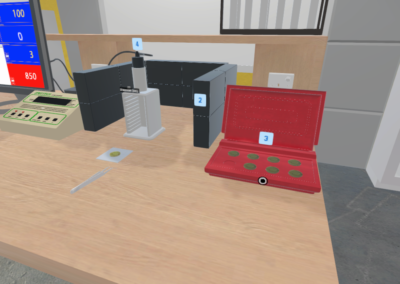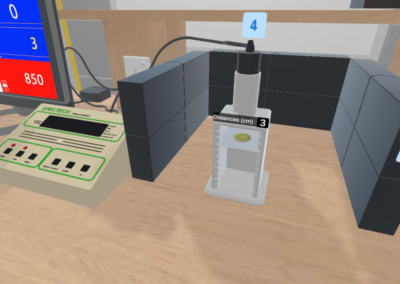Assalamualaikum.
In this post, I’ll try to explain the content creation of Virtual Lab from a technical perspective point of view.
Is Virtual-Lab Similar To Online Games?
If you ever play online games like PUBG, Fortnite, Roblox, Boundless, then you can imagine yourself in a virtual space where every participant joined the game having such effort and motivation due to its addictive gameplay keeping you awakened day and night in front of your computer and are ready to shoot your opponent anytime!. Now you will battleground yourself with others and move quickly as you can to pick up guns, grenades, knives what so ever you can find to defend yourself from being killed. So that’s the scenario of PUBG gameplay. But what if we duplicate their world of virtual space with minimum global settings, and guns with bullets that you can pickup on the floor, then we can replace them with suitable tools to run a Chemistry lab for example. So instead of Sniper Rifles on your list of guns, you have beakers, bunsen burner, pipette, Erlenmeyer flask, test tube and many more pieces of equipment sitting on the shelves. But to have thousands or millions of PUBG gamers worldwide, they use Amazon Web Server (AWS) to manage the load on their server in these five regions: North America, South America, Europe, Korea and Japan (KRJP), and Asia. Imagine what would be like if you are one of the Gameplay Programmer there in the Netherlands. Coding with C++ and Blueprint will get you there, plus a sound knowledge of Unreal Engine 4 is a must with solid and efficient code of writing skills. On the other hand, you need to stay ahead of time when something falls behind schedule and at the same time provide the management the solutions when needed. That’s just a few lines of tasks that need to be done, but there’s plenty more right?

Okay, that was the scenario of PUBG gameplay. And yes we would also like to have such incredible and awesome graphics in our Virtual Lab too! So the question we MUST answer for ourselves is..”do we have enough resources to develop such awesome graphics display like PUBG and other games?” The simplest answer is to determine how big are our resources before we can even begin to push the START button into action. Because the word “immersive” itself gives an overview of the situation something so visually artificial environment being created in a virtual world where every single form of object composed by the Designers will then be handed over to the Game Programmer with their skills of writing long codes of programming language to make the objects mimicking-like human form with more or less action depending on the direction of the storyboard implemented during the pre-production stage. But as I mentioned earlier in the first paragraph, we are looking for ways to develop the content with minimum global settings compared to the complex gameplay situation of online games out there. Maybe there are data to be sent over to the cloud or maybe the experiment conducted in the virtual lab has a blended approach. So this is the kind of factor to think about before we move on to the next phase of development.
But How To Start The Project With Small Numbers Of People?
The most basic question to ask ourselves when we would like to begin a project such as this, is the number of people who are going to develop the virtual lab from the paperwork that has been reviewed by the top management till the bottom-level employees who have shown a tremendous amount of effort and energy to ensure the success of this quintessence around the clock (I think I might have overdone with the words there ![]() ). When we first kick start the Inverse Square Law virtual experiment, we met with the content owner at the Nuclear Physics Lab, UTM to understand the content itself. From there, our 3D modeler guy (well he’s my Boss anyway
). When we first kick start the Inverse Square Law virtual experiment, we met with the content owner at the Nuclear Physics Lab, UTM to understand the content itself. From there, our 3D modeler guy (well he’s my Boss anyway ![]() ) will measure the source rack using a simple tool in his pocket, a ruler. Yes..it sounds like funny but the actual source rack can be measured by using a ruler as you can see on the actual image below. Once the model has been construct using Blender 3D software, then he shares all the 3D assets including texture mapping to our 3D Unity Programmer (a former UTM student with Computer Science degree). This is the part where user interaction is added by using C# programming language to tell the GameObject how to behave and interact with each other. FYI, we also use a 360 camera to capture the real physical lab and serve as the main final component throughout this entire process. And there’s a reason to it. Why? Well..the experiment can be conducted anywhere virtually before the new semester begins to give students the feel inside the real lab itself even if they are far away from the University.
) will measure the source rack using a simple tool in his pocket, a ruler. Yes..it sounds like funny but the actual source rack can be measured by using a ruler as you can see on the actual image below. Once the model has been construct using Blender 3D software, then he shares all the 3D assets including texture mapping to our 3D Unity Programmer (a former UTM student with Computer Science degree). This is the part where user interaction is added by using C# programming language to tell the GameObject how to behave and interact with each other. FYI, we also use a 360 camera to capture the real physical lab and serve as the main final component throughout this entire process. And there’s a reason to it. Why? Well..the experiment can be conducted anywhere virtually before the new semester begins to give students the feel inside the real lab itself even if they are far away from the University.
So by using a 360 camera and virtual tour software, we can insert 360 photos or videos and create an interactive tour embedded with sounds, photos, and videos into our virtual lab project. And of course, the immersive simulation from Unity 3D will then be exported to WebGL so that everyone on the platform has access to the online simulation through a web browser.
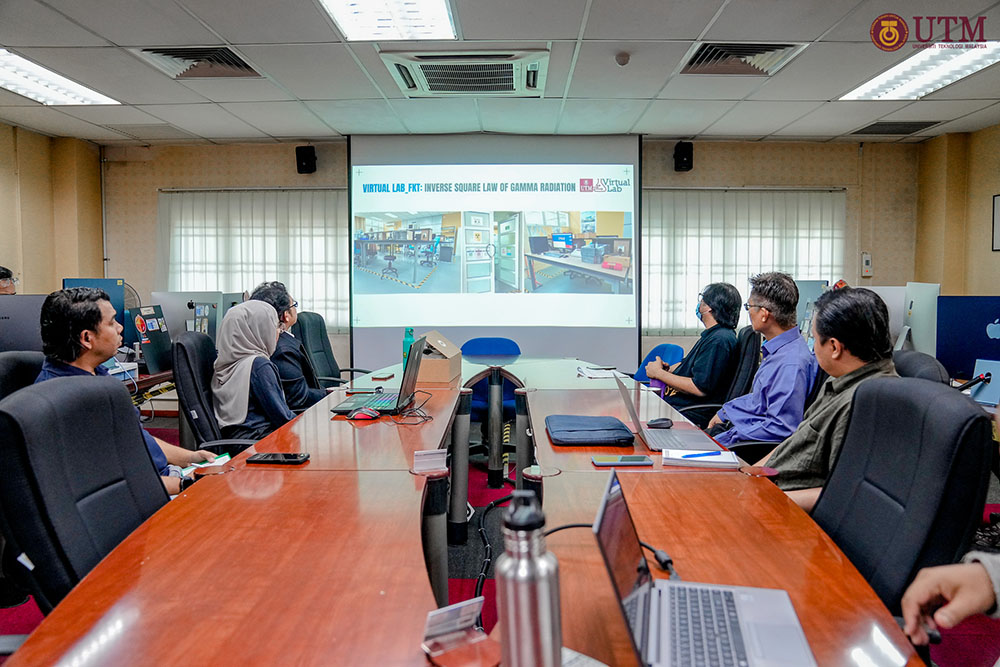
If you guys are still unclear about the things I have written in the paragraph above, why don’t you google yourself for online games and try it for free. If there is one important single question out of your mind, then the question should be; how the heck I can play this game on a web browser for free without using any plugin at all? So the answer is WebGL. By combining a virtual tour of the real lab inside the campus with Unity 3D, together they harmonize in a perfect tune of melody waiting for its users to experiment the lab in a virtual scenario.
So How Can We Initiate This Moonshot Transformative Journey?
I may not be a qualified person to elaborate on this matter. Because this was the top management’s key decision to illustrate the pathways of this University to become a leading and successful institution in the future. But one of the key aspects of UTM’s enVision Strategic Objective 2023 is to initiate the development of Virtual Lab thru UTM CDex as the department responsible in making this initiative a success. And We are not alone towards embark on this long mission journey…that is why we collaborate with the Faculties as the subject matter expert together with our technological advisory panel, MaGICX.
Let me tell you a short story before we even begin this project with Unity 3D Programmer on board our small boat of production team. It all started with a 360-camera workshop with virtual tour software to edit 36o content, the first small step that we took before advancing to the next major phase of development. Though some of our officemates already knew how to use a 360 camera, but when virtual tour takes place in editing the content…suddenly a new perspective approaches on how we can leverage the use of 360 camera into our Virtual Lab development. It’s a new beginning I would say…
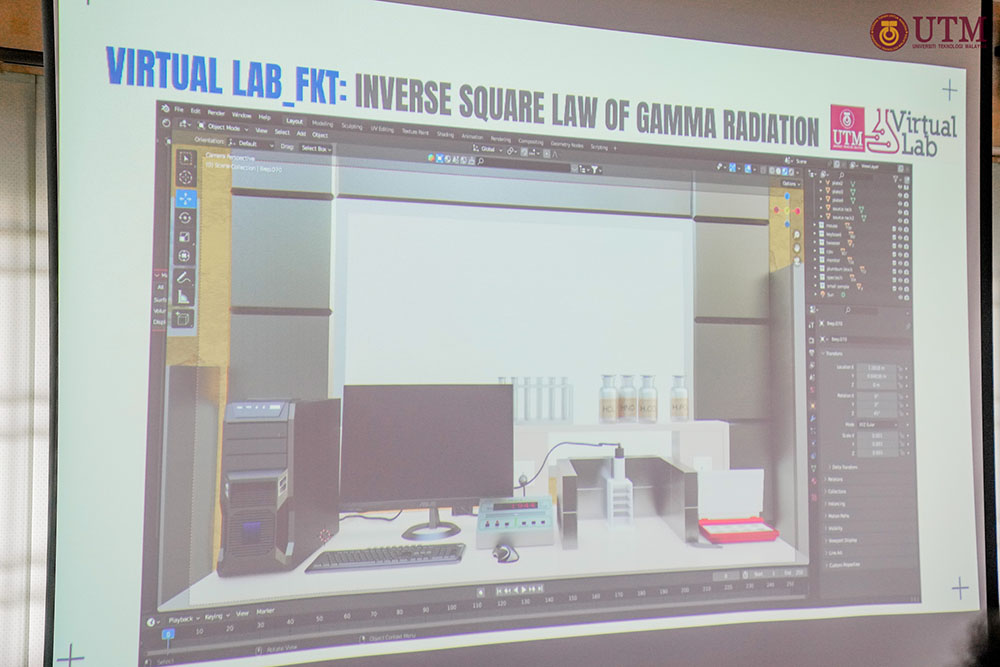
The outcome of the workshop was to develop two virtual tours from the Faculty of Science, namely Lab Tour & Safety Briefing and Handling Glassware, Equipment & Chemical Waste Disposal. It was an easy task to implement considering that we have been in video production work since the appearance of such projects like BLOSSOMS, MOOC and Micro-Credential. With the experience that we had particularly in the scope of instructional design, this virtual lab project has the exact video production phases that is Pre-production, production, and post-production. But we have another task to be done before the simulation can be upload into the platform. Yes..that is user-testing. This is the part where we will send over the simulation to the content owner and a handful of staff to give it a try, including our Bossess too! (this includes MaGICX as well). If there is something that doesn’t feel right, we will jot down the problem and sit down again to discuss that matter and look for ways to solve it.
As I mentioned earlier in the title of this paragraph, the Moonshot Transformative Journey is not an easy task to be done. It almost looked impossible to reach the moon when we were first introduced to this virtual lab project by the top management. And we have none to offer ourselves with the knowledge that we have at that moment. Because as you all know we already excel at video production jobs on all of the three phases cycle. But as soon as our superior introduced MaGICX as our side-by-side technological partner, the anxiety on our shoulders slowly drops into a state of calmness.
You Know How To Do MaGICX? That’s AWESOME!
When netizens of UTM mention or hear the word MaGICX, their minds instantly go to one thing: the department where brilliant programmers develop amazing games, AR, and VR experiences led by experts from the Faculty of Computing. They are the driving force behind industry-driven projects across the nation, shaping the landscape of interactive digital content. In addition to their exceptional work, they also offer professional certification in Unity 3D, the game engine software that powers the development of UTM Virtual Lab. Without their expertise, our 3D modeling objects would be lifeless and devoid of purpose in the realm of immersive online simulations. But MaGICX is more than just a department or a certification program. It’s a thriving community of creative minds pushing the boundaries of game development, augmented reality, and virtual reality.
As you can see, we are not alone in making this transformative physical lab to immersive online simulation initiative a success. It is the driving synergy of many talented people in UTM to collaborate together and work as a team to achieve our objective not just in UTM but across the nation as well. We have pledged our promise to UTM as the first University in Malaysia in developing UTM Virtual Lab and to ensure the continually growth of the content from time to time.
Where Do You Store Your Content?
As I have mentioned in the first paragraph above, popular online games such as PUBG utilize the use of AWS to manage the load on their server in five different regions. When you have gained popularity over time, it is time to look on a bigger scale of the server to maintain gameplay stability for all PUBG gamers worldwide. But to follow the success of such gameplay, it would take many more years to come in order to establish the same thing they have achieved. A wise person in MaGICX has this say..” start small”. Yes, we kickstart the project on a small scale by utilizing what we have at that moment. Though our Director has an ambitious mission of becoming the first Public University in developing immersive online simulation, we have to make sure in our current state of devices that we have, all the phases of working cycle from the simplest 360 video shooting to video editing has to be in great condition. The thing about virtual lab development depends not only on the game engine Unity 3D itself but the overall stages of production including 360 photos or video shooting, the introduction video (be it in the studio or character animation), 3D modeling objects, and the environment, the utmost important part of all..where do you want to store and recall back all the content that has been created so that it can be used by your audiences?
Though it’s pretty early to imagine AWS in your content creation, the not-so-far-away storage system in your organization or the department responsible for handling I.T. infra should come out into the picture and pave the way for your content to be uploaded to their server. Moreover, it’s your top management’s decision to approve this initiative to be operational once it has launched not too long ago. All the media content needs to be shared through the cloud for easy access with your team members. This way, they don’t need to transfer the content using physical storage as this is not practical and would expose to viruses or malware along the process. For example, to reduce the size of your video and still has decent visual and audio quality, one needs to compress the rendered video to a general video format with less bitrate for easy transmission during the downloading process. Secondly, complete 3D objects with surrounding environment plus material and texture, may generate extra gigabytes to your hard drive. Imagine what would be like if you are still using a laptop with 4 core CPUs and 3 GB of GPU! ![]() This is not a cut-and-paste document kind of job. This is the kind of job where 3D Modeler, Game Engine Programmer heavily crunch every gigabytes of your CPU, GPU,RAM to execute their command in a graphical format kind of view. And yes they are hunger for performance! So, investing in a good computer/laptop will help your staff to speed things up.
This is not a cut-and-paste document kind of job. This is the kind of job where 3D Modeler, Game Engine Programmer heavily crunch every gigabytes of your CPU, GPU,RAM to execute their command in a graphical format kind of view. And yes they are hunger for performance! So, investing in a good computer/laptop will help your staff to speed things up.
Yes, We Need a Gameplay Programmer And a 3D Modelling Guy
When we have decided to develop immersive online simulation, we need to think of the people who are going to develop the GameObject into life. But before we could even give life to the 3D object, we needed a 3D Modelling guy to construct the object from scratch. Sometimes we can search online and download the object for free. However, not all 3D objects can be found easily on the website. So, this is the responsibility of a 3D Modelling guy to really take a close look at the physical object and measure it precisely. It’s important to know the measurement of the physical object in order to construct them into a 3D environment. Because it will reflect in the final output when you are about to hand over the modelling objects to the Gameplay Programmer. Yes, that means we don’t want the object to have flaws in all sorts of directions!
And of course, you also have to decide on the Game Engine for your simulation. That is why we have to collab with several departments on our Campus such as MaGICX in UTM. The good thing about collaborating with such a department is, that they give useful advice from a bird’s eye view perspective where you don’t actually have the idea of how to develop this initiative from scratch and how it can broaden to a large scale of users in the future. I truly respect all of them!


As I have mentioned earlier, we use Unity 3D as the game engine for the development of UTM Virtual Lab. This was reflected in the fact that we have a Faculty of Computing in UTM offering a course on Computer Games Development to final year students in Computer Science degree. So that’s basically the early foundation of MaGICX came into the picture. Our 3D Modeller guy has several years of industrial experience using Rhino 3D before jump ship to Blender 3D software when receiving a job offer from UTM. He’s also the guy who serves as an Instructional Designer in our department because the position he held is at the Management level since MOOC and Micro-Credential were the core business of UTM CDex.
Would You Like To Make a Conclusion?
There are many more important things I would like to share with all of you on how to start a journey such as these. But I guess let me keep that information for a while and focus on doing some other jobs at the office. And of course, I will be back for more updates, and for that, thank you for your time reading this post. 🙂
Jeffri Rahman
Producer | Editor | Blogger | Youtuber
Aku Kena Sound Dengan LOUDNESS!
